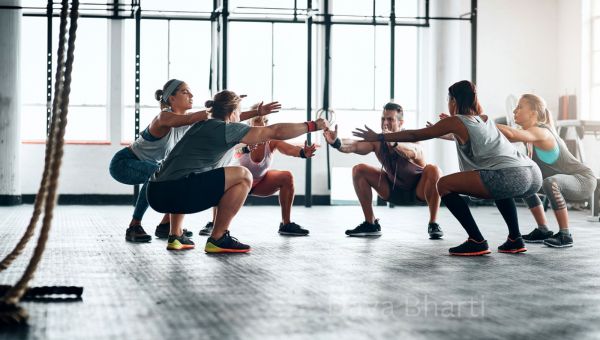Exercise And Fitness: Health Fitness How To Get Started And How To Get Better
Apr 06, 2023
What is meant to be Fit?
According to be fit physical guidelines activity set forth by you US Department of Health and human services.
There are four components and fitness.
-
Body composition – With respect to exercise and body fitness health composition is used to describe bone’s” extra fat and muscle in the human body.
-
Flexibility - Flexibility is the ability of a joint or group of joints to move through an unrestricted or pain-free range of motion.
-
Cardio Respiratory Fitness - Cardiorespiratory fitness refers to the capability of the respiratory and circulatory systems to supply oxygen to skeletal muscle for the energy levels needed during physical activity Musculoskeletal Fitness include muscle energy, endurance, and power.
-
Speed - This capacity to move the body parts and specifies and is feasible.
A frequently cited-reviewed research paper from 1985 defined the difference between the terms " physical activity" (bodily movement resulting in energy), "exercise" (planned and structured physical activity), and " physical fitness”.
Cardio-respiratory stability, Muscular stability, Muscular strength, Body composition and Flexibility are components that can be used to measure fitness, according to that paper.

Types OF Fitness:-
There are many types of fitness, all of which are important for building an exercise routine daily. Below, you will find the ones included in the Physical Activity as the components that should be included in daily exercise. (It's important in many definitions of fitness including combining other parts, such as endurance, muscular strength, speed, balance, and power — as mentioned above.)
-
Aerobic Exercise - Aerobic exercise is the act of founding every fitness exercise — and for good reason. Also called cardio, this type of physical activity increases your breathing and heart rates, improving your cardio-respiratory fitness. Aerobic exercise includes physical activities like walking, running, cycling, swimming, etc.
-
Strength Training - Involves the performance of exercises that are designed to improve strength and endurance. It is often associated with weight lifting. It can also incorporate a variety of training techniques such as bodyweight exercise. Strength training is an important way to improve the ability to move or be moved freely, easily, and overall functioning, particularly as you get older. Because strength training boosts excess post-exercise oxygen consumption, activities that answer this call include, weight lifting using resistance or your body weight; carrying heavy weight Dumble, and even strenuous gardening as per the Physical Activity.
-
Flexibility And Mobility - Flexibility and mobility both are important for healthy movement.
Flexibility refers to the ability of muscles, tendons, and ligaments to stretch, while the ability to take joint mobility refers to the body through its full range of motion.
There are no specific guidelines for the number of minutes you should do activities that are flexible or mobility (such as stretching) and the health benefits of health activities are also not known because of research on the topic, according to the Physical Activity Guidelines the instruction is that flexibility exercises are important for physical fitness.
-
Rest and Recovery - Physically body rest and recovery days are a time for your body to repair the natural damage that occurs to muscles during exercise. Exercise stresses the body and muscles. The repairing or healing of that stress is how you get stronger. But you need to give the body rest after a workout for that recovery process.
These Relax days include no physical activity at all or they may look like an active recovery day.

Health Benefits of Exercise
Regular physical activity is one of the most important parts of the routine which you can first do for your health. Being physically active can improve your brain and health; fitness reduces the risk of disease, helps manage weight, strengthens bones and muscles, and improves your ability to do everyday activities. Your way up to regular physical activity, which could include walking, running, and stretching, will not be as important as regular exercise and physical activity unless you adjust your eating patterns & reduce the number of calories you' re eating and drinking. So staying on a healthy diet required both a regular healthy diet and physical activity as well.
-
Exercise can make feel happier
Exercise can improve your mood and decreases the feeling of stress depression anxiety.
It produces the parts of the brain that anxiety and regulate stress. It can also increase your brain's sensitivity to the epinephrine and hormones serotonin declare relieve feelings of depression.
Additionally, exercise can increase the production of active body endorphins, which are known to help produce positive feelings and reduce the perception of body pain.
Interestingly it doesn't matter how deep your workout is. Exercise seems to benefit your mood and fitness no matter the intensity of the physical activity.
-
Exercise can help with weight loss
The effect of exercise on reducing weight is important to understand the relationship between exercise and energy level expenditure (spending).
Your Body Spends Energy in Three Ways:
- Exercise
- Digesting food
- Maintaining your body's fitness functions, like your breathing and heartbeat.
While dieting plan changes, reducing low-calorie intake will lower your metabolic rate, which can temporarily delay weight loss. Every-day exercise has been shown to increase your metabolic rate, which can burn more calories to help you weight reducing
Additionally, studies have shown that combining resistance training with aerobic exercise can maximize weight loss and muscle mass maintenance, which is essential for keeping weight loss and maintaining lean muscle mass
-
Exercise can increase your energy level
Energy can be a real energy booster including the various medical conditions of the energy levels. One older study of regular exercise till 5 weeks reduces feelings of fatigue in 33 people who had repeated persistently.
Lets did not forget the fantastic heart and lung health benefit of exercise aerobic exercise boost the cardiovascular system and improves your lung health which can significantly health boost energy levels.
As you move more, delivering more oxygen to your working muscles, your heart pumps more blood. Regular exercise makes your heart more efficient and adept at moving oxygen into your blood and making your muscles more efficient.
This aerobic exercise training results in less demand on your lungs it requires low energy to perform the same activities — one of the reasons you're less likely to get short of breath during vigorous activity.

How many exercises do you need?
These physical activities are American guidelines from the U.S. Department of Health and People's Services, 150 minutes of moderate-intensity cardio, aerobic activity (such as walking) or half an hour of running or swimming aerobic activity. Regular exercise is perfect for your good health.
Additionally, do muscle stretching activity 2 days per week, targeting all major muscle groups (chest, back, legs shoulder, arms and back) according to the guidelines.

What to Eat Before, During and After Exercise
-
Before your workout: if you do the short time exercises after you wake in the morning, listen to your body's hunger as a sports dietician in India. The author finishes the line fueling if you nigh before or heavy late dinner, you do not need anything if you are workout, you are hungry. You need small snacks.
-
Eating easily: digested carbohydrates, such as bananas or milk, just for a workout or a combination of carbs and protein. (E.g. brown bread with peanut butter) 30 minutes beforehand. You may be able to skip the snack.
-
During workout: short workouts don't require mid-exercising, but longer bouts of wait exercise do. Consume 30 to 60 grams of carbohydrates after one hour of exercise, suggestions from Online Pharmacies in India. Sports drinks are also among one the options.
-
After the workout: A low to moderate exercise or regular workout such as 45 minutes of brisk walking doesn't require immediate refuelling if you are doing other workouts later that day or a tough workout the next day, your body needs fuel. These recommend eating half a gram of carbs per pound of body weight, and 10 to 20 grams of protein.
Buy Medicine from the Most Trusted Online Pharmacy in India
Also Read: what is cancer? Types of cancer cause, Symptoms medication
Recent Post
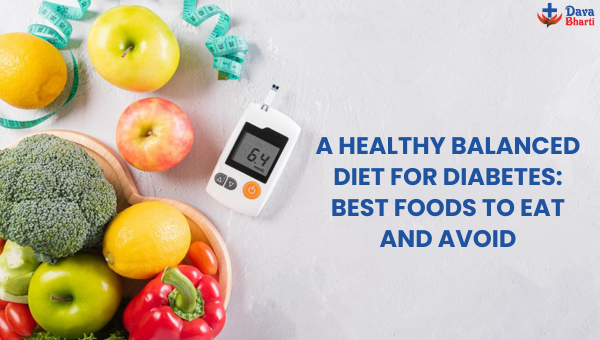
Your Ultimate Guide To A Balanced Diet For Diabetes

Ayurvedic Skincare Tips: Say Goodbye to Dry & Itchy Skin This Winter

Winter Wellness: Staying Healthy During the Cold Months
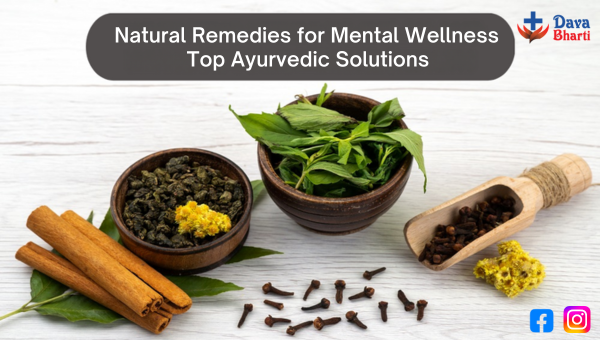
Natural Remedies for Mental Wellness Top Ayurvedic Solutions
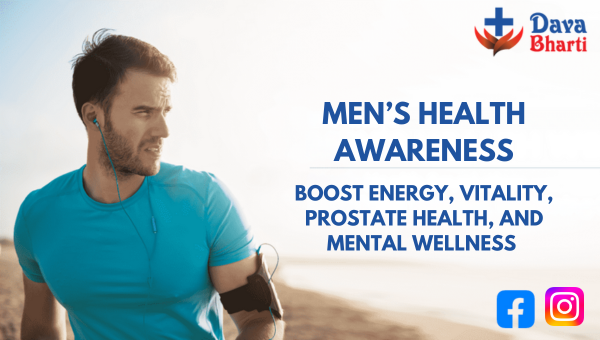
Men’s Health Awareness: Natural Approaches to Boost Energy, Vitality, Prostate Health, and Mental Wellness

Overweight and Obesity: Causes, Impact, and Solutions
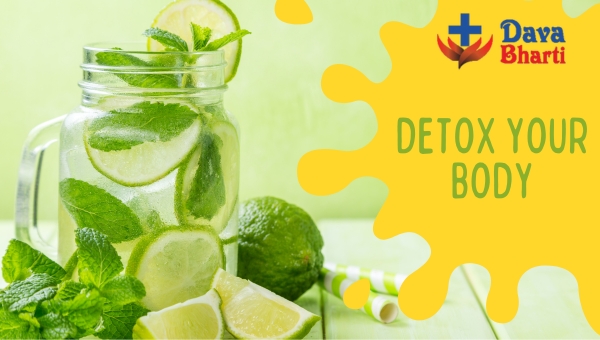
Detoxing Your Body: A Natural Path to Health and Wellness

Meditation: A Simple, Fast Way to Reduce Stress
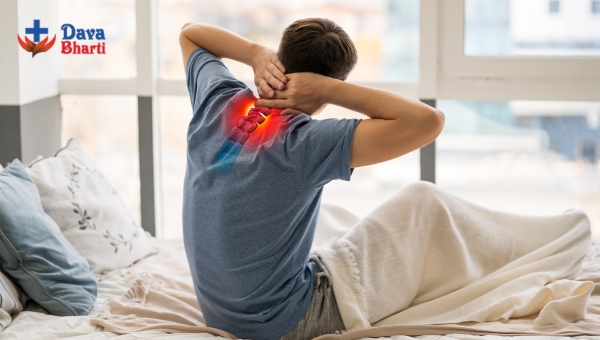
Cervical Pain: Causes, Symptoms, and Treatment

Embrace Telehealth Services for Common Summer Ailments: Dava Bharti Online Pharmacy

